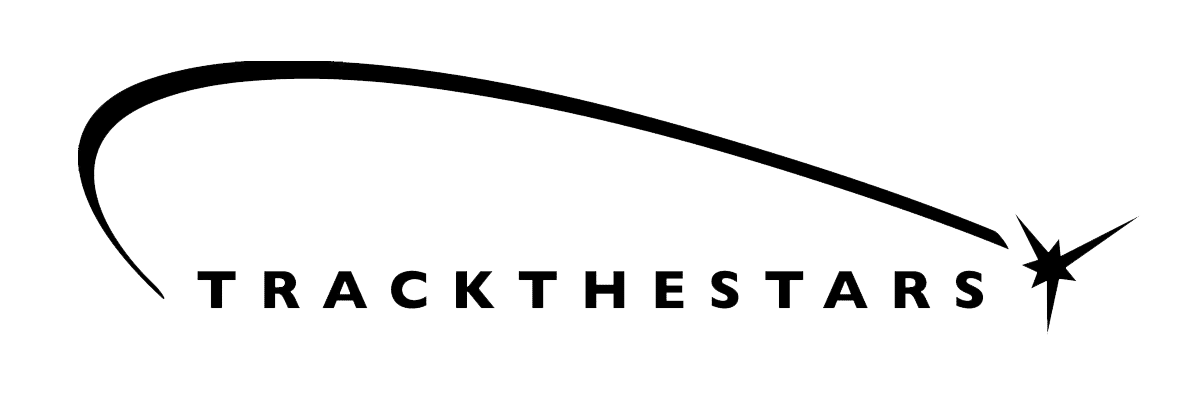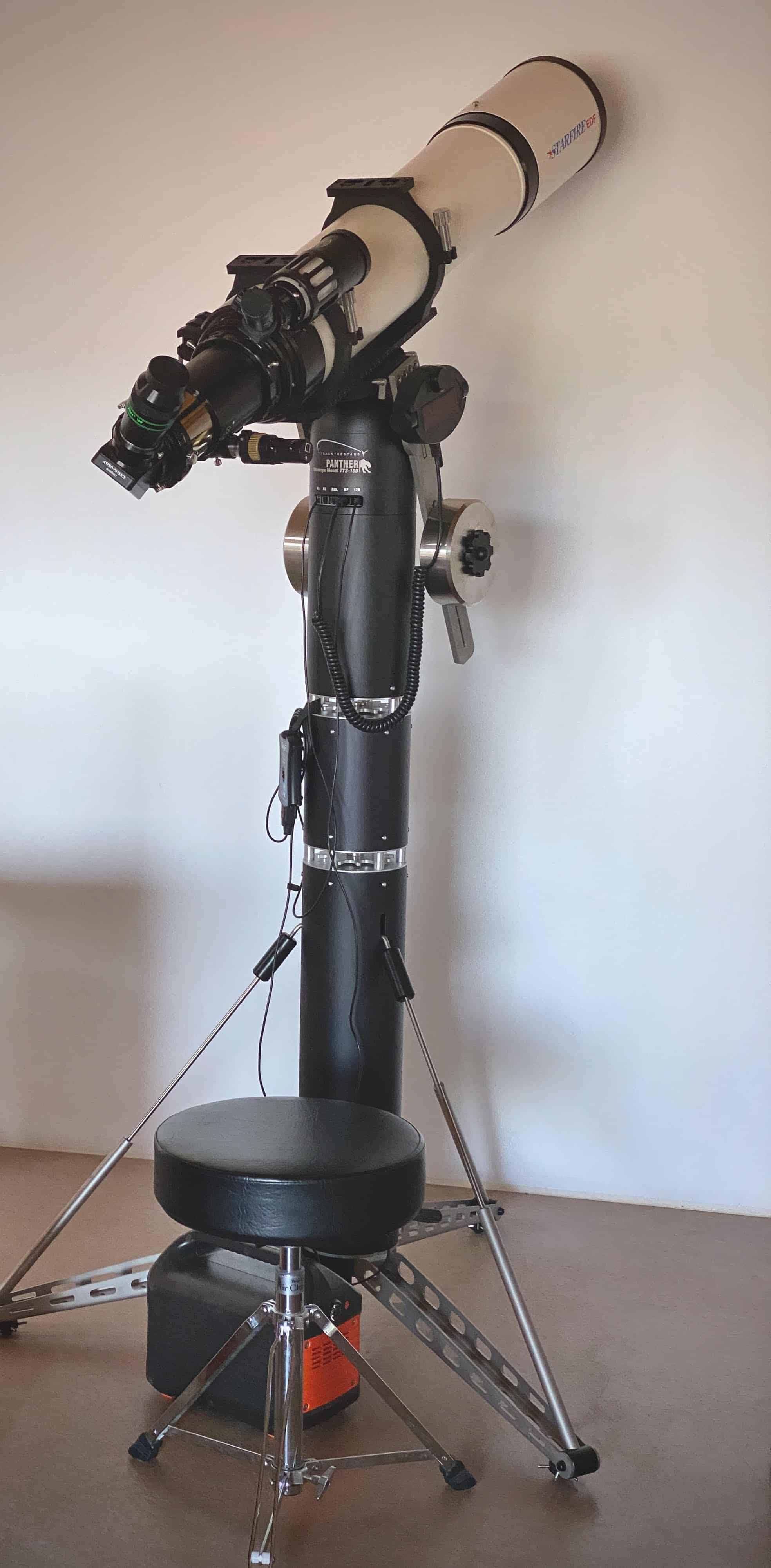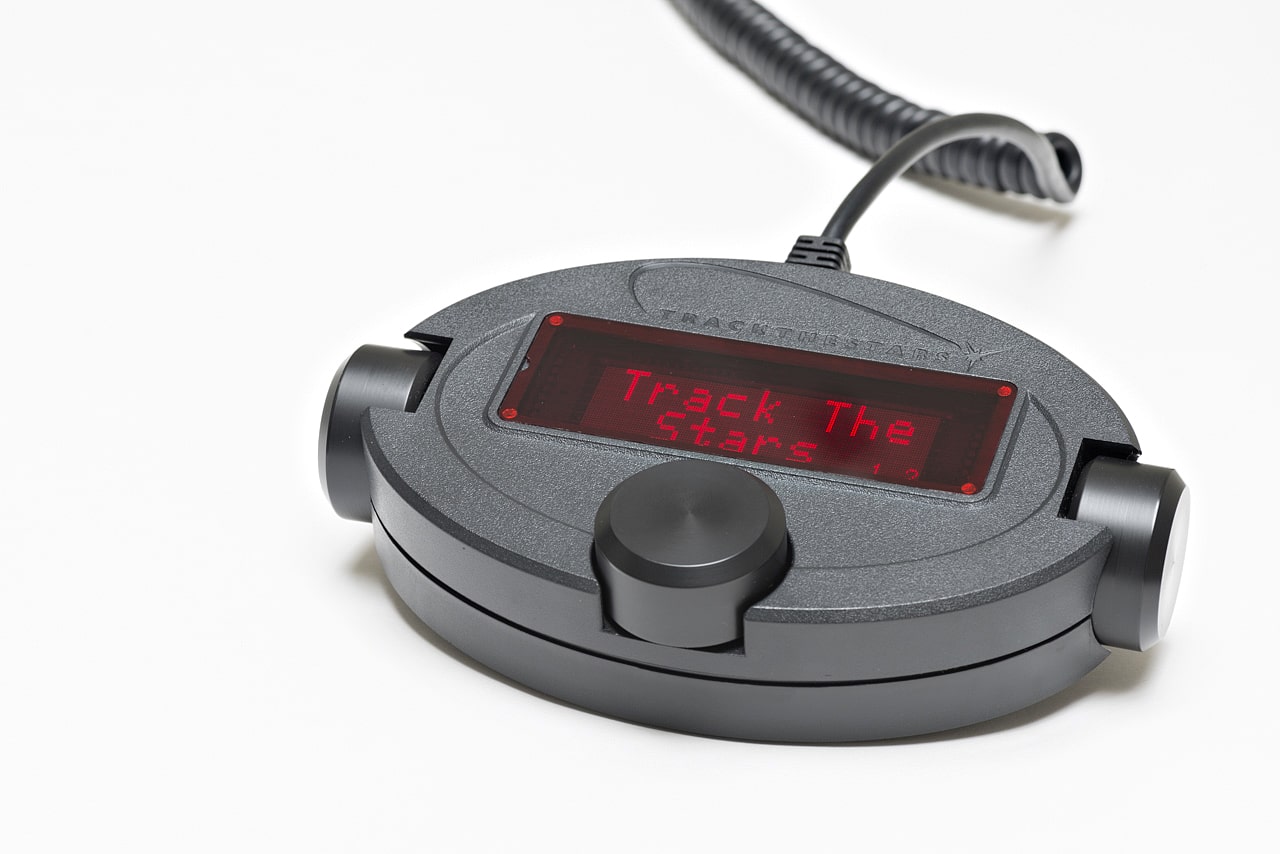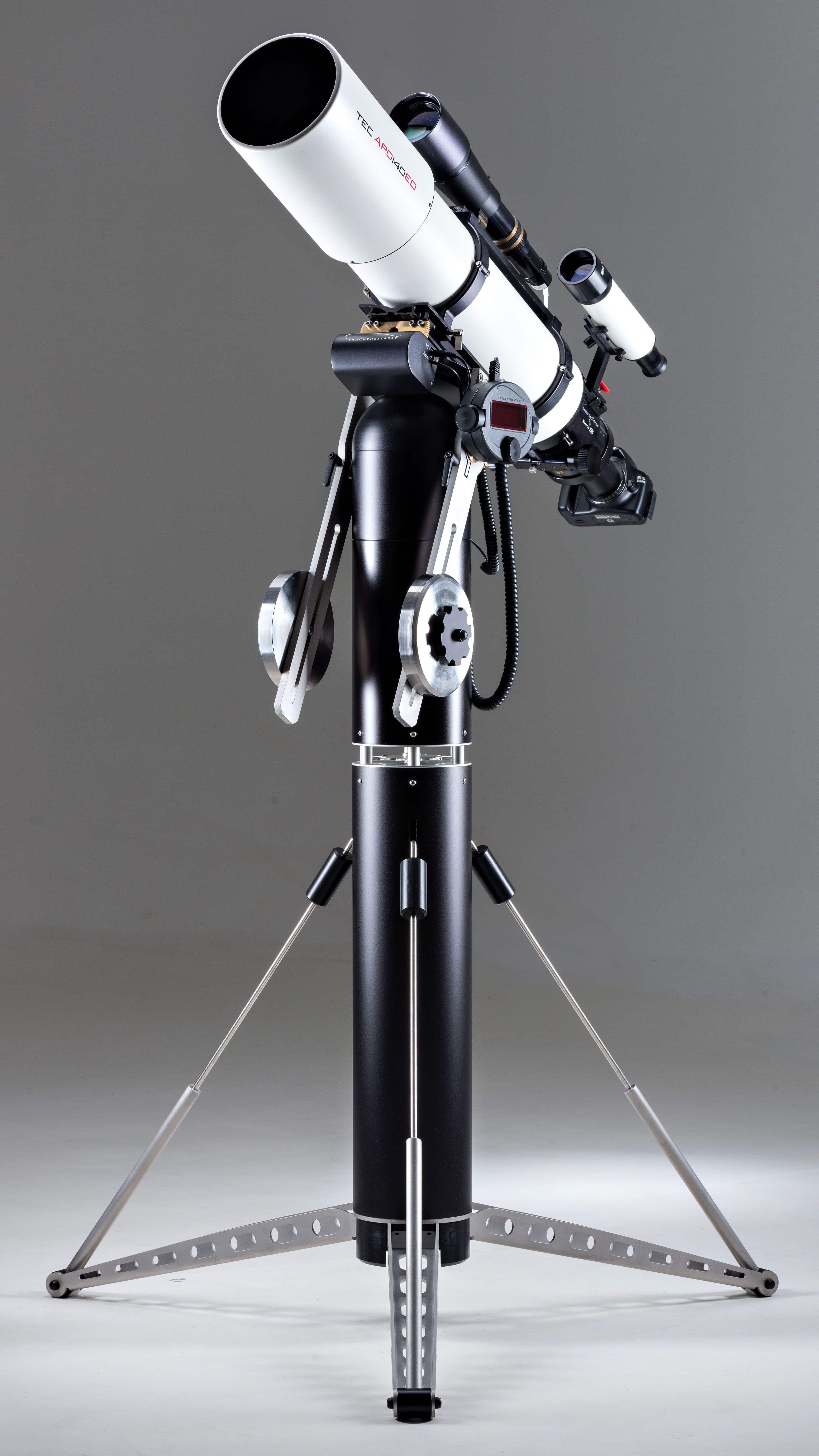User: Glenn, New Mexico, USA
Cloud Break Optics and Niels were kind enough to let me take the Panther TTS160 to the Texas Star Party this year. Travelling and camping in a Sprinter Van, so space is always at a premium. The mount performed perfectly every night of TSP. The scopes used were a Celestron EdgeHD 8″ and a Takahashi FSQ106 EDX. After TSP I was able to use the TTS160 with a pair of Vixen BT-125 binoculars (wow that was a blast), an AP 130GTX, and a Celestron C9.25 before the demo mount needed to make its way back to Denmark. The mount handled every payload I put on it with ease.
The transport and setup/tear down are is quick and simple. I was able to practice alignment at home prior to TSP and got over the learning curve over two nights, getting the feel of the motion controls and not overshooting the target star was the issue I had to learn. A 3-star alignment provided excellent tracking and goto’s were spot on with a 13mm Ethos in the EdgeHD 8″ as well as the C9.25. The goto accuracy was also acceptable with an 8mm Ethos and the EdgeHD 8″, however in some parts of the sky the object was off to the edge of the eyepiece. Once the 3 star alignment is completed switching to the iPad with SkySafari is a joy to use. I used a 240 watt-hour lithium-ion battery pack and was able to run the mount for most of the week at TSP. I used a SkyFi (version III I believe is the one with the internal rechargable battery?) for computer control using the RJ-DB cable supplied by TTS – this worked flawlessly and I only lost control once, which was most likely due to Wi-Fi channel interference. So goto accuracy and tracking are excellent. I used a 20mm cross hair reticle eyepiece for the alignment (I believe it is the one that Stellarview used to sell with parallel guides in each axis, which is much better than a simple x-type).
My attempts at imaging were foiled by an Orion guide-scope with a stripped helical focuser (sigh). I’m hoping to try imaging with the rotator and a DSLR as well as a cooled CCD camera soon. Results I’ve seen posted by others are excellent. The rotator and alt-az require a little more planning for imaging runs since the rotator must be “rewound” so to speak. A search on Astrobin for “TTS 160” yields some beautiful images from Niels and Chris (I think he’s in the UK?).
The mount is transportable, it is heavy for its volume, once set up it is rock solid and sturdy. Physically the mount and tripod, etc. takes up very little space by volume when disassembled. I’d call this V2.0 of the mount since Niels has been making them for a while and they continue to get refined.
The mount arrived with a totally stuck counterweight, the knob simply wouldn’t move – a heat gun and 10 minutes fixed the issue (Loctite where it shouldn’t be) unfortunately a prior user tried a more aggressive approach (if brute force isn’t working you aren’t using enough). I agree that the sharp edges could use some better finishing work and a nice radius on all edges, particularly on the saddle and the counterweight knobs as previously discussed. Another feedback I’ll share is the power LED is way too bright and depending on what angle one is viewing can totally swamp night vision. I was able to fix the issue on both the mount and the rotator LEDs with neutral density grey stickies from Amazon. The power cable is a standard 2.1mm DC barrel plug, it would be beneficial to have a locking ring with a collar for the power cable, like what Celestron are doing on the AVX, or AP on the 1100GTO or QHY on the 16200, etc. ![]() It is important to know that the cables all rotate with the mount as it moves in azimuth, this was never a problem and I never once lost a connection. I kept the power and SkyFi at the base of the tripod and made sure there was plenty of slack on those two cables. My imaging system has only one power cable going to a Pegasus Astro box distributing power on top of the scope. The guider I planned to use is a SBIG SG-4, so no computer needed with a DSLR for imaging – although a big caveat I don’t have this setup working yet and I’m not sure if the SG-4 will really work in this configuration (it also adds a ST-4 guider cable to the mix)?
It is important to know that the cables all rotate with the mount as it moves in azimuth, this was never a problem and I never once lost a connection. I kept the power and SkyFi at the base of the tripod and made sure there was plenty of slack on those two cables. My imaging system has only one power cable going to a Pegasus Astro box distributing power on top of the scope. The guider I planned to use is a SBIG SG-4, so no computer needed with a DSLR for imaging – although a big caveat I don’t have this setup working yet and I’m not sure if the SG-4 will really work in this configuration (it also adds a ST-4 guider cable to the mix)?
I’ve used the mount several nights in a row using park and resume from park, and that has worked fine, no re-alignment necessary as long as nothing has moved or been bumped.
The hand controller is both a work of art and a demon ![]() The magnetic clip to store it on either side of the mount is brilliant and the easily removable red filter for daytime setup is a nice touch. The design and UI are unique and strives to minimize the number of knobs and switches to just the left and right knob, the lower knob and the push buttons built into the knobs. The display is a vacuum florescent 4-line-ish bit mapped display that does not seem to be impacted by ambient temperature, low or high. Once using the hand controller over a few nights, it makes sense – there is a consistency and elegance to the UI design – however it can be frustrating and it is hard to describe without a lot of words.
The magnetic clip to store it on either side of the mount is brilliant and the easily removable red filter for daytime setup is a nice touch. The design and UI are unique and strives to minimize the number of knobs and switches to just the left and right knob, the lower knob and the push buttons built into the knobs. The display is a vacuum florescent 4-line-ish bit mapped display that does not seem to be impacted by ambient temperature, low or high. Once using the hand controller over a few nights, it makes sense – there is a consistency and elegance to the UI design – however it can be frustrating and it is hard to describe without a lot of words.
So some thoughts for ‘improving’ the mount:
(and of course 10 amateur astronomers will have 20 different points of view ![]()
The hand controller is a relatively dumb device, just input encoders, switches and the display and drivers, which is unfortunate, since I had asked Niels about the possibility of publishing the interface so that others could try their hand at design. Without seeing the low level protocol it is hard to say if an alternative could be created although with the current setup it would seem hard to change. It is important to know that the mount must complete its internal alignment routine before control can be safely passed to SkySafari (or whatever external control PC or device one is using). As mentioned earlier the TTS160 emulates all the important commands of the Meade Classic LX200 serial command protocol.
When you setup the mount you should have the counterweight arms at roughly 45 degrees so that limit assumptions on movement can be safely made by the controller before the first alignment. What I’d like to see is to set the arms at 45 degrees (how about a small bubble level in the arm), point the mount South (or some reference) and be able to do a rough slew to the selected alignment star – from a selection via the hand controller slewing to the estimated position of the target star (since the mount has the Lat/Long and time/date and would have a reference). There aren’t really clutches (you should use the hand controller knobs to slew to the chosen alignment star) so it would be nice to have the mount do as much of the initial slew work as possible. What I found is slowing the slew speed way down makes centering the chosen alignment star easier and waiting for it to drift into center (as suggested) works well. I can go from bags to aligned in 15 minutes or so, I’ve seen it done in 10 minutes.
The mount gives you an indication of “error” expressed as the Lat/Long the mount thinks it is at after alignment, it is helpful to know that this is displayed as decimal versus the input which is degrees, minutes and seconds. Make sure you input the long/lat in degrees, minutes and seconds otherwise you’ll unlikely get a good alignment.
The other mode I’d like to have is just point the scope to three sections of the sky, take an image and do a plate solve and tell the mount the RA/DEC or ALT/AZ of where it is pointing and have the mount controller build the model from that data (or have the mount pick three or more locations to point) – this would be far more accurate and much faster than the visual centering of the 3x selected target alignment stars. I’ve been experimenting with a simple camera and a Raspberry Pi and this is feasible to do without a big clunky laptop, display or keyboard, obviously this is similar to the process used by the Celestron Starsense. A Wi-Fi camera and getting a plate solver to work on the iPad might be the ultimate goal for me.
I suspect the UI could be improved with the existing hand controller, however I’ve not had time to sit down and make a run at it. What I found is often I was just in the wrong place in the menu hierarchy and that led to either mistakes or a lot of steps to get where I wanted to go, this of course is the issue with most 1 to 3 knob interfaces (go from an Argo-Navis to the DSC Nexus for example). It would be nice to be able to have the external controller load in the time, date and lat/long – essentially use the hand controller for less and take advantage of the UI and compute of a smart phone or tablet – of course many folks don’t even want that hassle so stand alone operation is still a good thing – how could both be served?
Of course built-in Wi-Fi is not that hard these days, a little more work on the product registration side – however getting rid of the SkyFi would be fantastic, one less set of cables and power to worry about. Niels and his small team are just that – small, so not sure what the electronics design and software design capabilities are these days – it was a lot of work to get the TTS 160 where it is today – it would be great to have a controller board upgrade, that could really improve the functionality of the mount (it’s all about software and protocols).
Okay so all that said this is a beautiful mount with a very respectable payload capacity, rock solid, easy to transport and store, fast to setup and take down, and it can do both visual and imaging – it is a fantastic mount and fills a real need and niche in the amateur astronomy field – we are lucky to have so many choices today and so many passionate product developers. Thank you Niels!!!!
The Panther mount is also beautiful and design worthy of MoMA (Museum of Modern Art New York). I can speak about that with some minor authority since I am a designer and have many things in museums including MoMA ![]() If the Panther TTS-160 fits your budget and you would like the simplicity of ALT/AZ in a well executed mount then you’ll be very happy. I’ve thoroughly enjoyed every minute I’ve spent with the mount. In the US we also have three excellent dealers to work with as well! The support from Niels is first rate.
If the Panther TTS-160 fits your budget and you would like the simplicity of ALT/AZ in a well executed mount then you’ll be very happy. I’ve thoroughly enjoyed every minute I’ve spent with the mount. In the US we also have three excellent dealers to work with as well! The support from Niels is first rate.
I hope folks find some useful stuff in this post.




